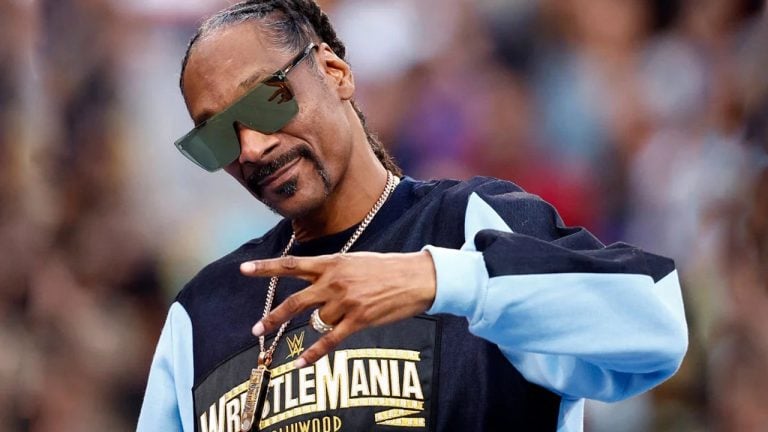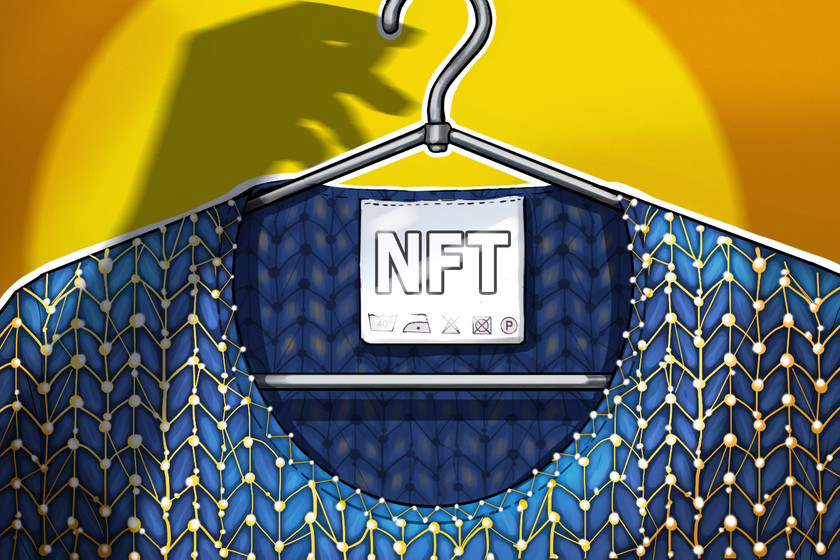
The second edition of Metaverse Fashion Week came with a few technical hiccups — and featured a line-up of big brands, from Dundas to Adidas and HBO.
Inspired by success in 2022 and an impressive list of designers who attended that year’s Metaverse Fashion Week, Decentraland held another event this year from March 28–31. The week’s theme, “Future Heritage,” aimed to connect the next generation of creators with traditional fashion designers.
It’s the second time digital fashion’s core members — including Zero10, DressX and The Fabricant — have participated in MVFW, though the total number of brands declined. There were two shows worth noting: Dundas, which distinguished itself with beautiful avatars last year, and Adidas, which joined this year as a first-time participant. Decentraland and HBO also participated.
Real experience
Attendees this year immediately faced a problem: Neither an iPhone nor an iPad Pro could be used to enter Decentraland. That is, we lost our mobility in the real world. I had to cancel a couple of meetings and stay home.
Related: Elizabeth Warren is pushing the Senate to ban your crypto wallet
Moreover, the event’s Mac app didn’t work. So, you had to play the browser version of the game, which didn’t work properly, and you needed to clear your browser cache.
On the first day, there was such an influx of users that it was impossible to even visit the locations, and many users didn’t even see the Dundas show.
Metaverse fashion week or meta market?
In addition to the show on the first day, there was a meditation with Alo Yoga, which had planned activities for each day: yoga, breathing techniques and Reiki practices. It was as if you should have gotten off the computer and done the practice the coach dictated. This was the least obvious collaboration for Metaverse Fashion Week.
Shopping life
The most interesting thing happens in digital boutiques and during fashion weeks in general: Players most want to collect free clothing, which they do 24/7.
The Luxury District featured the big brands, including Dolce & Gabbana, which held a talent contest in which Katya Garnet, Nataliya Grimberg, David Lopez and Dundas prevailed. The biggest boutiques were Tommy Hilfiger and DKNY, which are not luxury brands in the real world.

It’s worth noting that DKNY had a huge four-story boutique with a pizzeria, bar and disco on the roof. It all looked large-scale, but it was very sad. They could at least have put an NPC in it — or even an employee with whom you could interact and buy goods.
Then we went to the failed case of Vivienne Westwood. In the Dear Vivienne location, we could go on a quest in a boutique decorated in branded tartan and a ladder with the letters “SEX.” The miracles ended there.
Hi there!#NFTCommunity
— katyagarnet (@katyagarnet) March 30, 2023
The unbelievable is coming!
My design been selected by @UNXD_NFT and Dolce&Gabbana as one of the Future Rewind finalists and so my works was exhibited at @decentraland in the official house @dolcegabbana !
It seems that dreams are coming true! pic.twitter.com/wIKnuVSOjw
Adidas had a good boutique and a show as well. In the boutique, you could get a free jacket, which slowed down your entire game if you wore it — but it looked good.
The best location was Coach, which had a presentation of a tabby bag.
You entered through the pink city and climbed into the bag itself, where each day, you could go on new quests, win a boa and try on a bag in Zero10, a partner location.
At the end of the four days of MVFW, participants could visit two DKNY and poker night parties.

Last MVFW, you could attend a Grimes concert, which looked decent and generated a lot of buzz.
It’s worth noting that after the previous MVFW, luxury brands decided not to participate in the metaverse. The focus shifted to the middle, which makes sense — they should understand which audience is playing Decentraland.
Who are they?
After four days in the metaverse, there were many questions: Who are these people who have so much time to load a browser, tolerate bugs and play weird games? Why are they so eager to join the metaverse? Do they want to buy something from Dolce & Gabbana? Or do they want to walk on the red carpet in a Dundas evening dress?
Related: Optimism reigned at Paris Blockchain Week
In those four days, it became clear that most players’ goal was to get free clothes.
For now, it does not make sense for luxury brands to participate in these events. Their buyers are busy working in order to have the money they need to buy luxury products — and playing in Decentraland takes a lot of time and effort, leaving little time for work.
This article is for general information purposes and is not intended to be and should not be taken as legal or investment advice. The views, thoughts and opinions expressed here are the author’s alone and do not necessarily reflect or represent the views and opinions of Cointelegraph.


















